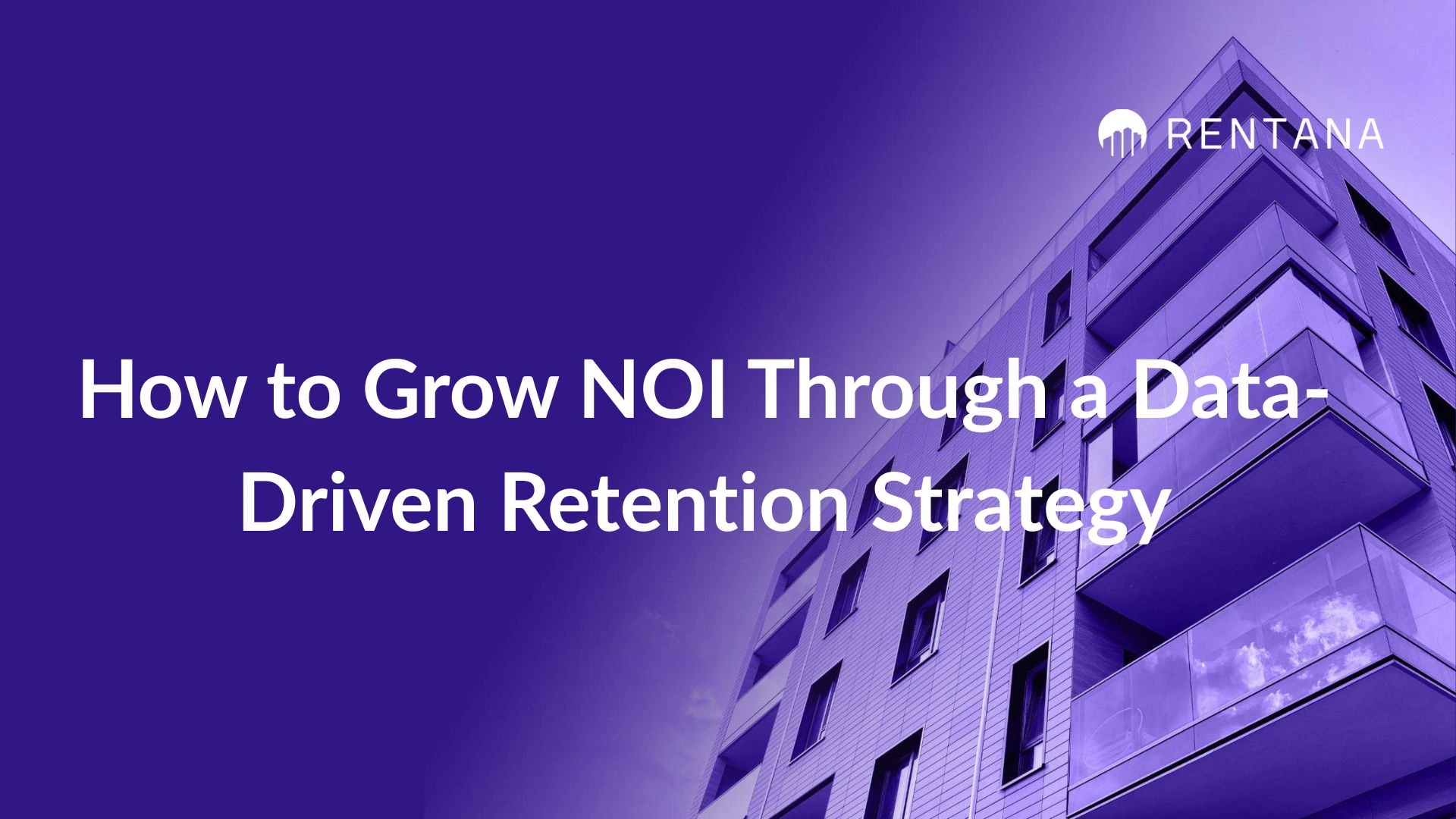




New leases have always been seen as the gold standard of revenue growth. Multifamily runs on the pursuit of new residents: lead generation, marketing tactics, touring, leasing. But in doing so, it’s easy to forget about loyalty (the residents who stay year after year).
It costs far less to retain a resident than to replace one.. Every move-out triggers a cascade of costs: vacancy loss, marketing spend, new concessions, and turn expenses. A single vacancy can cost thousands of dollars before the next lease is signed, eating into your building’s NOI and compromising your budget.
Top multifamily operators treat retention as a core revenue strategy – and the best revenue strategies are data-driven.
Residents rarely leave over price alone. They leave when they feel like their experience doesn’t keep pace with their rent. New leases are built on the promises made by the management team; renewal leases are built on how well the management team keeps those promises.
Resident engagement that drives retention requires more than obligatory correspondence and check-the-box monthly events. It requires a strategy centered on predefined resident-engagement goals and trackable KPIs. When you connect operations, communication, and service into one consistent resident experience, it feels like a purposeful amenity – and a reason to stay.
Every renewal decision starts long before the offer goes out. It starts with how residents feel about living in your community: how their latest work order was handled, how well they enjoy the community events, the manager who remembers their pet’s name, and their overall experience. Renters are more likely to renew when they feel heard and valued.
Dig into your resident-satisfaction data. This means:
All too often, operators are sitting on a pile of actionable data that is waiting to be acted upon. You may find that the difference between satisfied and frustrated is as simple as better lighting in a hallway or adding an extra treadmill to the gym.
Success Story: How URS Capital Partners Unlocks NOI Growth in Record Time with Rentana
Renewal pricing is as strategic as new‑lease pricing but different. Price too softly, and you leave NOI on the table. Push too hard, and you lose a good resident. The sweet spot lies in data-backed balance.
Ask yourself:
For example: A 2% increase that keeps a winter renewal is worth far more in NOI than a 5% increase followed by a vacancy in December
Your retention strategy runs on data. So, what happens when your data isn’t accessible and accurate?
Onsite teams can waste hours of their day struggling with poor-performing or poorly onboarded tech stacks, leaving them less time to focus on the job that matters most, front-facing resident and prospective-resident service.
To optimize retention, you’ll need to empower your onsite team with tools that:
Let your technology manage your data and leave the human touch to your onsite teams, the people who create the reasons why your residents choose to stay for another year.
Related: Finding NOI Growth in a Flat Rent-Growth Market
In a market where rent growth is flattening and competition is increasing, what sets you apart isn’t just the next lease, it’s the resident who stays five, six, ten years. Because retention amplifies value: less cost, less disruption, stronger net operating income.
Treat retention not as an afterthought but as a strategic asset. Build your strategy on measurable data. Give your team the tools. Focus your communication and service on value. And you’ll unlock growth from within.
At Rentana, we’re building the future of real estate revenue, where data powers decisions, renewals drive returns, and NOI growth isn’t guesswork. Our platform gives operators the tools to see around corners, act with precision, and deliver resident experiences that stick.